In the bustling streets of New York City or the serene trails of Colorado, walking is a staple in the daily lives of many Americans. Whether you’re strolling through Central Park or navigating the sidewalks of Los Angeles, comfortable footwear is a must. A common question that arises among fitness enthusiasts and casual walkers alike is: Can you walk in running shoes? The simple answer is yes, but there’s more to consider. This comprehensive guide delves into the nuances of walking in running shoes, helping you make informed decisions for your next outing.
Understanding the Difference: Running Shoes vs. Walking Shoes
At first glance, running and walking shoes may appear similar. However, they are designed with different activities in mind, each offering unique features to cater to specific movements.
Design and Structure
Running shoes are engineered to handle the high impact of running, providing ample cushioning and support for forward motion. They often feature a higher heel drop to accommodate the heel-to-toe stride of runners. In contrast, walking shoes are designed for a more uniform impact, with less cushioning and a design that promotes flexibility and motion control.

Weight and Flexibility
Running shoes tend to be lighter to enhance speed and performance, while walking shoes may be slightly heavier, offering stability for the slower pace of walking. Flexibility is crucial in walking shoes, especially in the forefoot, to accommodate the natural rolling motion of the foot.
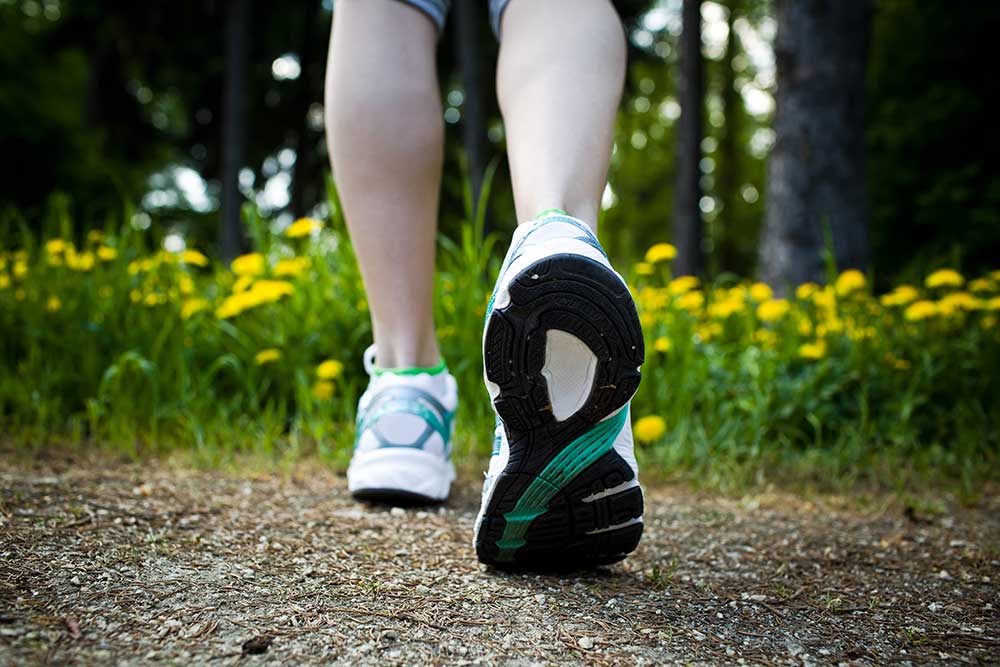
Pros of Walking in Running Shoes
So, what are the advantages of lacing up your running shoes for a walk?
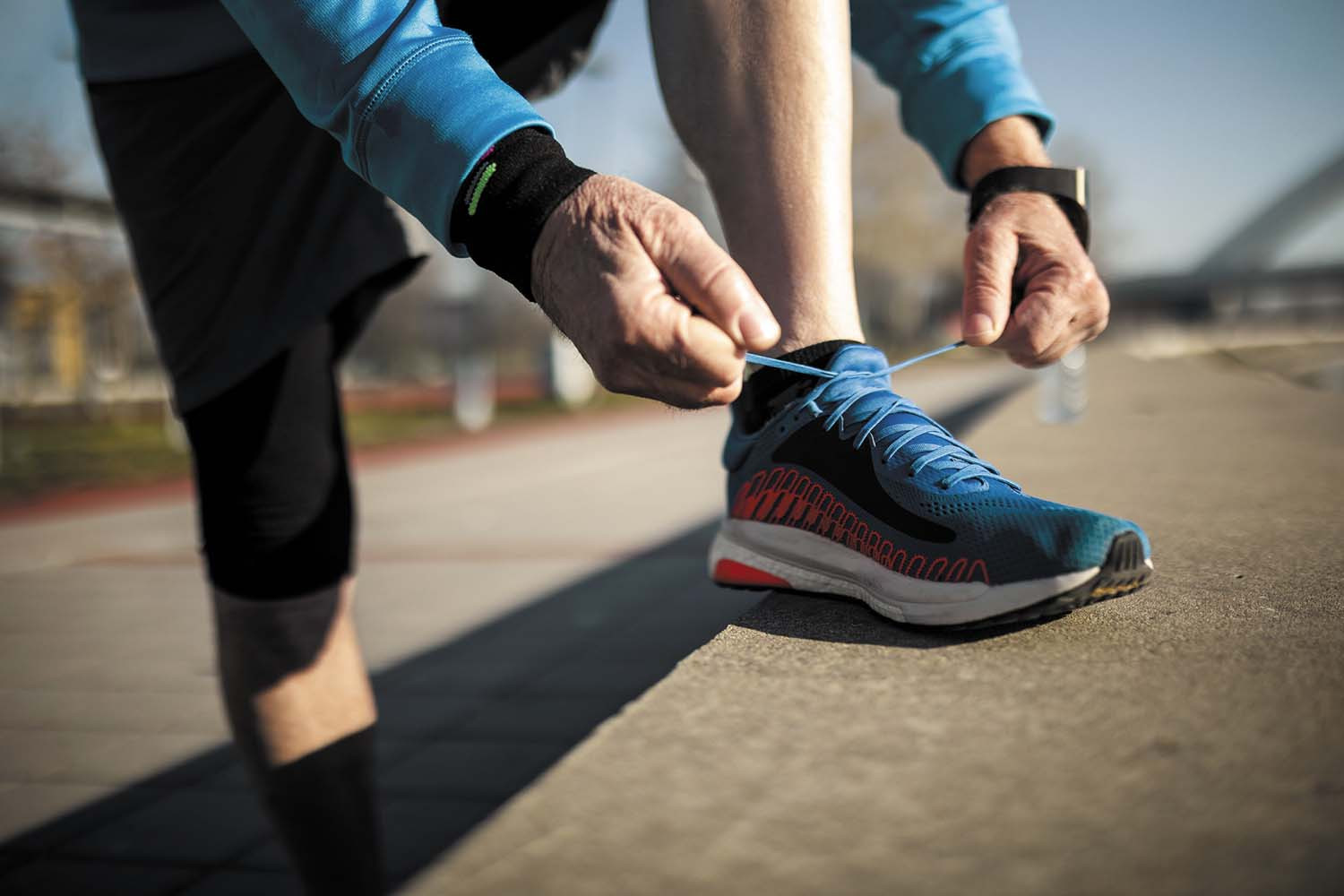
Exceptional Cushioning and Comfort
Running shoes provide superior cushioning, which can be beneficial for walkers who desire extra comfort, especially on harder surfaces like concrete sidewalks or asphalt paths commonly found in urban areas.

Support and Stability
The support features in running shoes, such as arch support and heel counters, can help prevent foot fatigue and reduce the risk of injuries during long walks.
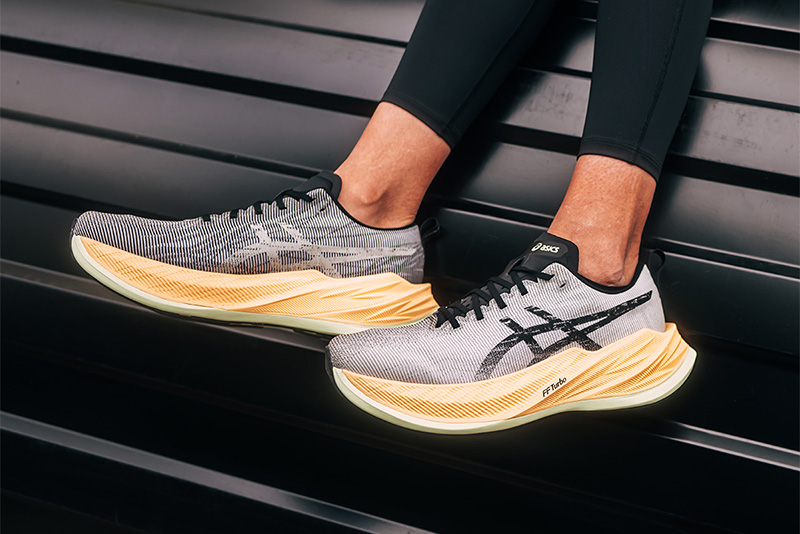
Versatility
If you’re someone who alternates between walking and running, using running shoes can be convenient and cost-effective, eliminating the need for multiple pairs of specialized shoes.
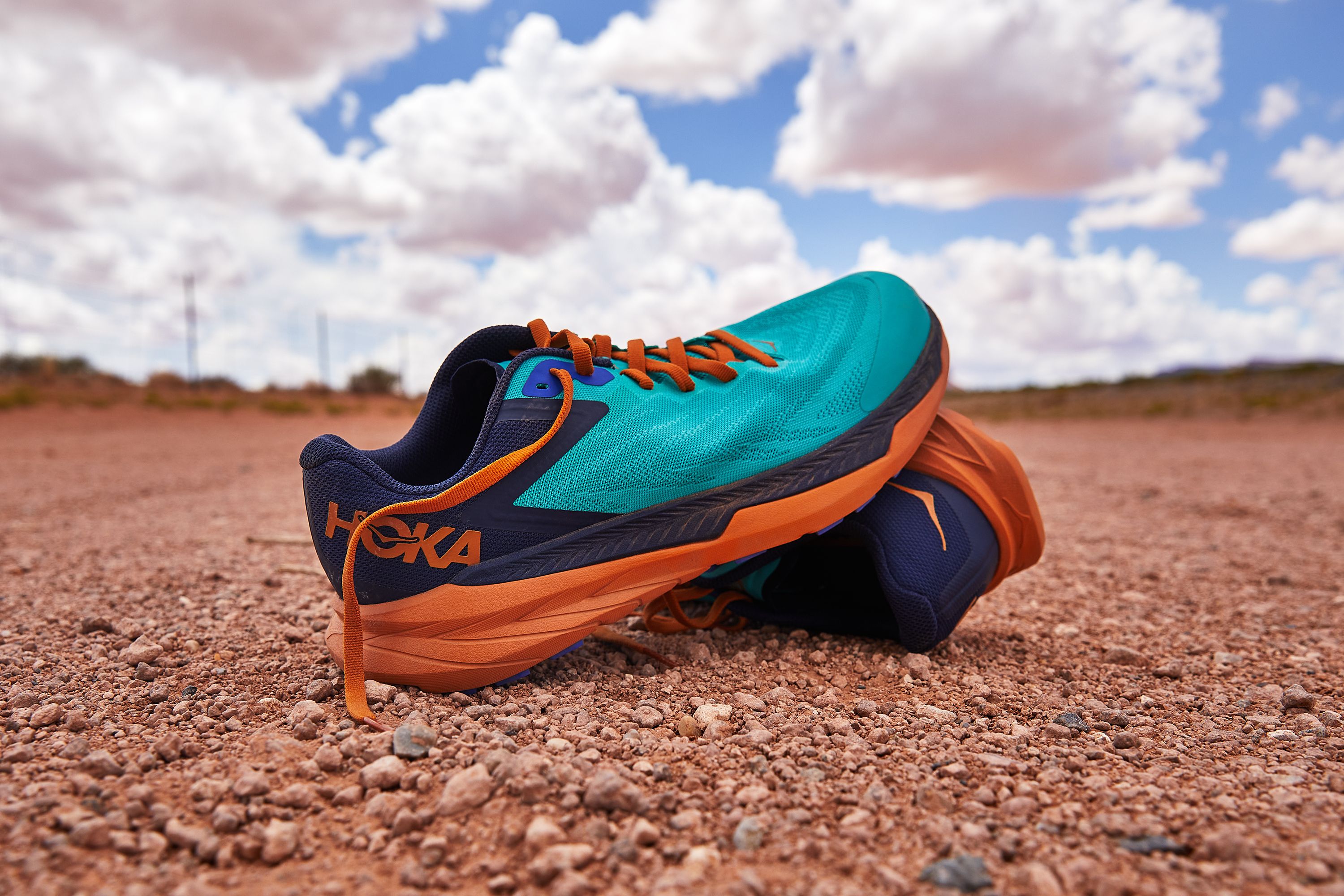
Cons of Walking in Running Shoes
While there are benefits, there are also drawbacks to consider.
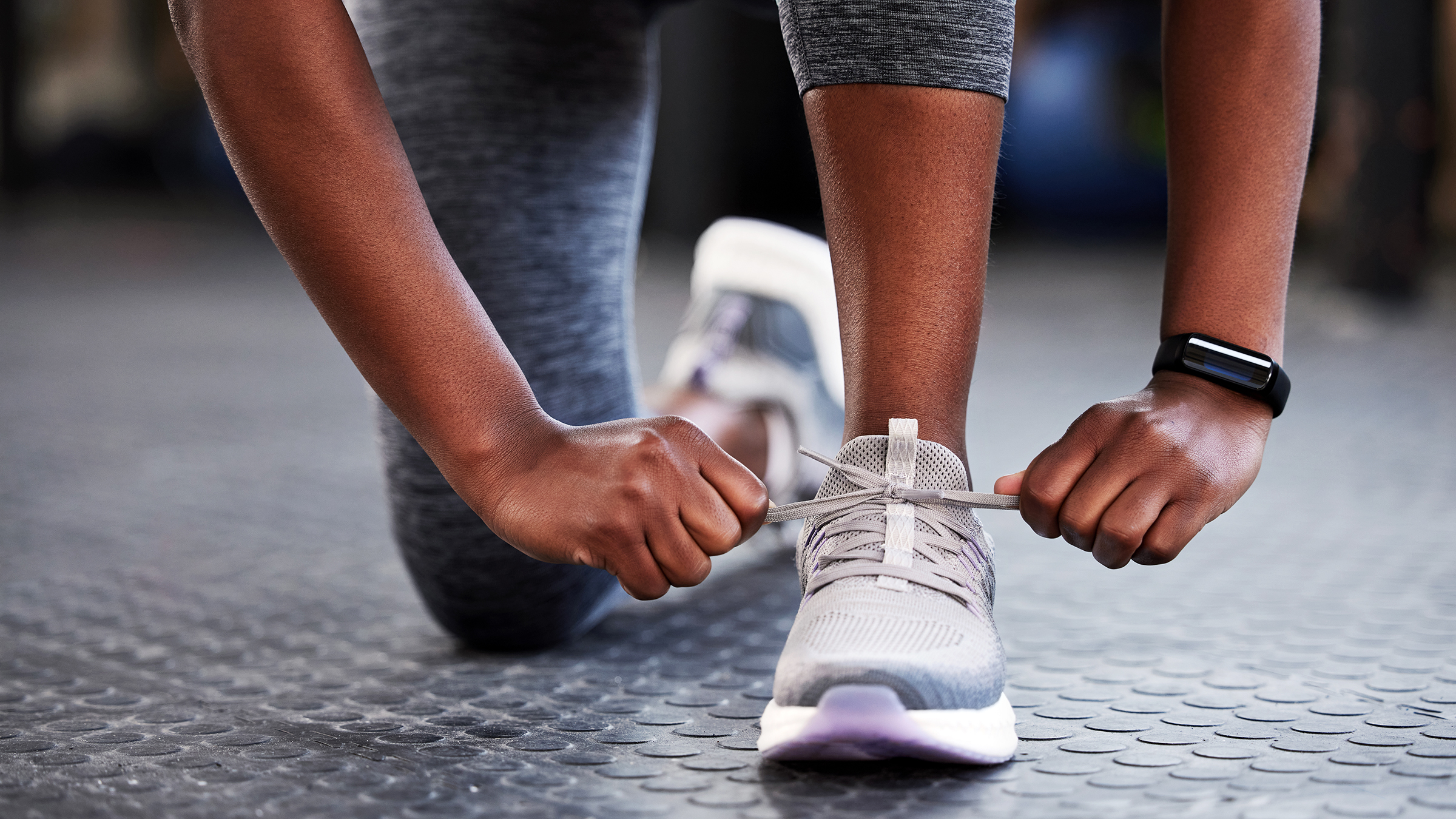
Potential Over-Cushioning
The extra cushioning in running shoes can sometimes inhibit the natural roll of the foot during walking, potentially leading to discomfort or strain over time.
Durability Concerns
Running shoes are designed for high-impact forward motion and may wear out differently when used predominantly for walking, potentially reducing their lifespan.
Cost
Running shoes, especially high-quality ones, can be more expensive than walking shoes. Using them solely for walking might not be the most economical choice.
Comparative Analysis: Running Shoes vs. Walking Shoes
| Feature | Running Shoes | Walking Shoes |
|---|---|---|
| Cushioning | High Cushioning for Impact Absorption | Moderate Cushioning |
| Heel Drop | Higher Heel-to-Toe Drop | Lower Heel-to-Toe Drop |
| Flexibility | Stiffer for Forward Motion | Flexible, Especially in Forefoot |
| Weight | Lighter | Slightly Heavier |
| Intended Use | Running and High-Impact Activities | Walking and Low-Impact Activities |
Expert Opinions and Studies
According to a study by the American Academy of Podiatric Sports Medicine, footwear plays a crucial role in preventing injuries and enhancing performance in both running and walking. The study emphasizes choosing shoes that match the specific activity to optimize foot health.
When Is It Appropriate to Walk in Running Shoes?
Walking in running shoes is appropriate in several scenarios:
- Cushion Preference: If you prefer more cushioning due to joint issues or walking on hard surfaces.
- Mixed Activities: When your exercise routine includes both walking and running.
- Personal Comfort: If running shoes fit your feet better and provide more comfort than walking shoes.
Tips for Choosing the Right Running Shoes for Walking
If you decide to walk in running shoes, here are some tips to select the best pair:
Consider the Heel-Toe Drop
Opt for running shoes with a lower heel-to-toe drop to promote a more natural walking stride.
Check Flexibility
Ensure the shoes are flexible, especially in the forefoot area, to accommodate the rolling motion of walking.
Proper Fit
A proper fit is essential. There should be enough room in the toe box, and the heel should fit snugly without slipping.
Quality Brands
Consider reputable brands known for quality and comfort, such as Nike, Brooks, or New Balance. Visit a local retailer for a fitting session.
Alternative Footwear Options for Walking
If you’re unsure about using running shoes for walking, here are alternative options:
Walking Shoes
Specifically designed for walking, these shoes offer flexibility and support tailored for walkers.
Trail Shoes
For those who enjoy walking on varied terrains, trail shoes provide added grip and stability.
Hiking Boots
Ideal for rugged trails, hiking boots offer ankle support and durability.
Cultural Insights: Walking in the USA
Walking is not just a form of exercise in the USA; it’s a cultural experience. From the historic Freedom Trail in Boston to the vibrant Riverwalk in San Antonio, walking allows individuals to immerse themselves in local heritage and scenery.
In cities like Portland, Oregon, walking is integrated into daily life, with pedestrian-friendly infrastructure and community walking groups promoting health and social interaction.
Caring for Your Running Shoes Used for Walking
Proper care can extend the life of your running shoes when used for walking:
- Regular Cleaning: Remove dirt and debris to prevent material breakdown.
- Air Drying: Avoid direct heat when drying to maintain shoe integrity.
- Rotate Footwear: Alternating between pairs can reduce wear and tear.
- Monitor Wear: Replace shoes when cushioning or tread wears out, typically every 300-500 miles.
Popular Running Shoes Suitable for Walking
Here are some popular running shoes that are also suitable for walking:
Nike Air Zoom Pegasus
Known for its cushioning and responsiveness, suitable for both running and walking.
Brooks Ghost
Offers balanced cushioning and a smooth ride, making it a favorite among walkers.
Asics Gel-Nimbus
Features excellent shock absorption and comfort for long distances.
FAQs
Is it bad to walk in running shoes?
No, it is not bad to walk in running shoes. Running shoes offer cushioning and support beneficial for walking. However, they may not provide the flexibility that walking shoes offer.
Can I use the same shoes for running and walking?
Yes, if you alternate between walking and running, using the same pair can be practical. Ensure the shoes fit well and are appropriate for both activities.
Do I need different shoes for walking?
If you primarily walk, investing in a pair of walking shoes can provide better flexibility and comfort tailored to walking movements.
How often should I replace my running shoes used for walking?
Typically, shoes should be replaced every 300-500 miles. Monitor the wear on the soles and cushioning to determine when to replace them.
Are there any risks in walking with running shoes?
While generally safe, the stiffer design of some running shoes may not accommodate the walking gait perfectly, potentially leading to discomfort over time.
Conclusion
Walking in running shoes is generally acceptable and can offer benefits like enhanced cushioning and support. However, it’s essential to consider factors like shoe flexibility, fit, and your specific walking needs. Whether you’re exploring the scenic trails of the Pacific Northwest or taking a leisurely walk through your neighborhood, choosing the right footwear enhances comfort and supports foot health.
Ultimately, the best shoe is one that fits well and feels comfortable, regardless of its label. Don’t hesitate to try on multiple pairs and consult with footwear specialists at your local store to find the perfect match for your walking adventures.
Additional Resources
For more information on choosing the right footwear, check out these resources:
